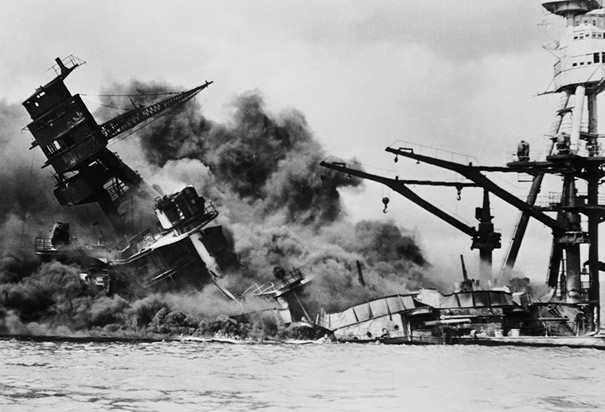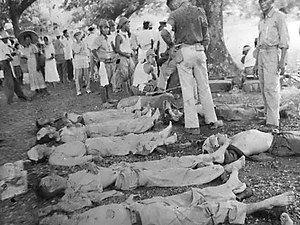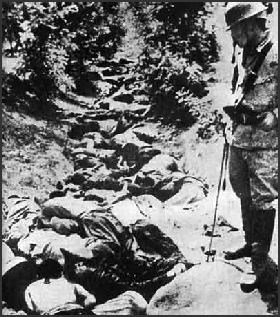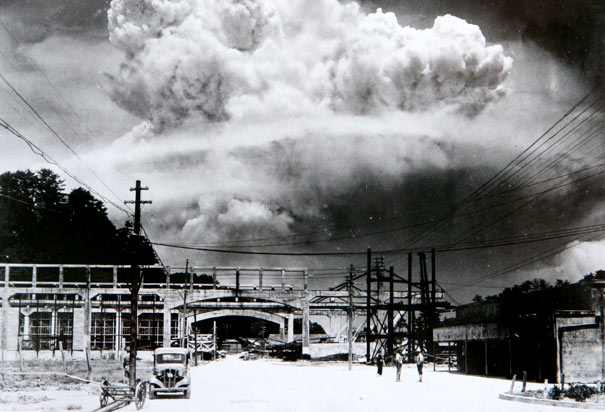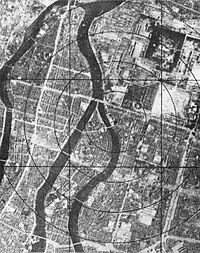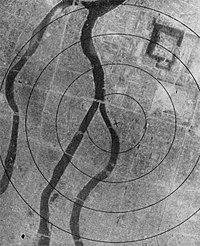
This document supports that the dropping of the atomic bomb was justified because Japan's emperor didn't give the U.S. much of an option and decided to not surrender. In the document, it warns Japan that since they did not choose to surrender and end a pointless war, the United States have deployed their atomic bombs. It also states that Japan should end this war at once or the United States would have to employ the atomic bomb and all their other superior weapons to forcefully and promptly end the war. Japan had the choice to end the war and prevent the incidents that occurred in Hiroshima and Nagasaki. However, Japan decided to ignore the possibility of surrendering peacefully thus leading up to the bombings in Japan.

This is another document that also justifies the United States for dropping the atomic bomb on Japan because it shows that Truman only would drop and atomic bomb unless it was absolutely necessary. Truman said in this telegram that he does not want to act like savage beast just because Japan is doing so. He also says that Japan is, at the time, acting like a cruel and terrible uncivilized nation. The way that Japan was acting made it necessary for the United Staes to drop the atomic bomb because Harry said that his objective was to save as many American lives as he possibly could. If they did not drop the bomb, Japan would have just kept killing american soilders and thus not saving as many lives as he could have.

This document justifies the United States in dropping the atomic bomb on Japan and that Japan should be dealt with as harshly as Germany. He says in the telegram how he does not see any vaild reason to why the United States should be so much more considerate and lenient in dealing with Japan than with Germany. The surprising attack on Pearl Harbor brought the United States into the war when we did not even do anything to Japan to begin with. The surprise attack on Pearl Harbor was a brutal attack and Japan needed to pay for what they had done. The dropping of the atomic bombs was justified becasue of the surprise attack on Pearl Harbor for no reason and the Japanese refusal to surrender peacefully.

In this document, US senator Richard Russel sent a telegram to Harry Truman saying that the Japanese can not be forgiven for what they did to pearl harbor. He is saying that why should the United States be playing by the rules when the Japanese are not? After all the blood and people that the Japanese cost the United States they deserved to be punished. Also after attacking Pearl Harbor without even the slightest warning and just surprised attacked us, they deserve to go down. This document shows that with everything that Japan did to us, they might have not stopped attacking and the United States could not risk that so in the end the dropping of the atomic bomb was the smart decision.

This document shows what the United States had to resort to because of Japan not surrendering peacefully. They had to now talk about when and where to drop the bomb. The dates chosen to drop the bomb would be between August 1 and August 10. The cities chosen to be bombed were Hiroshima, Nagasaki, Kokura, and Niigata. These cities were all chosen because all of them were believed to have large number of key Japanese industrialist and political figures who sought refuge from major destroyed cities. The United States had to do it this way because it showed Japan how serious they were and how quickly they wanted the war to just end.

This document is about the atomic bomb and how it can be used and held. They had to find an appropriate place to test this bomb and see what would happen when it went off. It also says in the document how the atomic bomb can become a forceful and powerful influence to the maintenance of world peace. When the Japanese refused to surrender, the United States droped two atomic bombs on Japan. One on Hiroshima and the other on Nagasaki. Once the bombs were dropped, Japan soon surrendered after. The dropping of the bombs weren't ideal, but it did get Japan to surrender and it did save many american lives which was Trumans goal and it ended a very bloody war.

